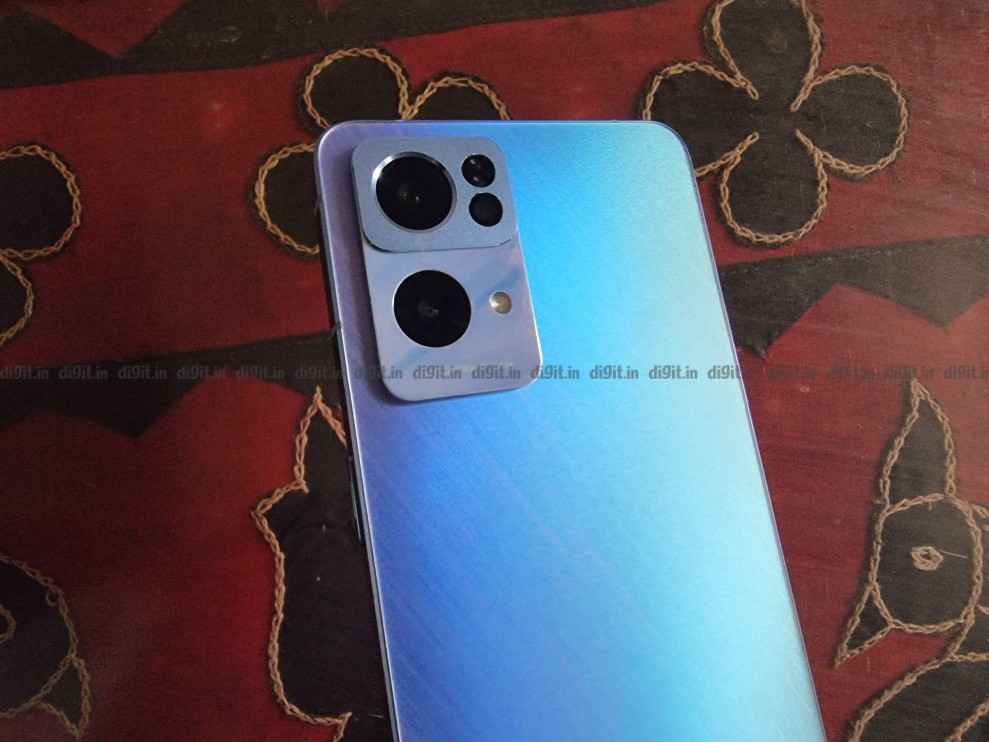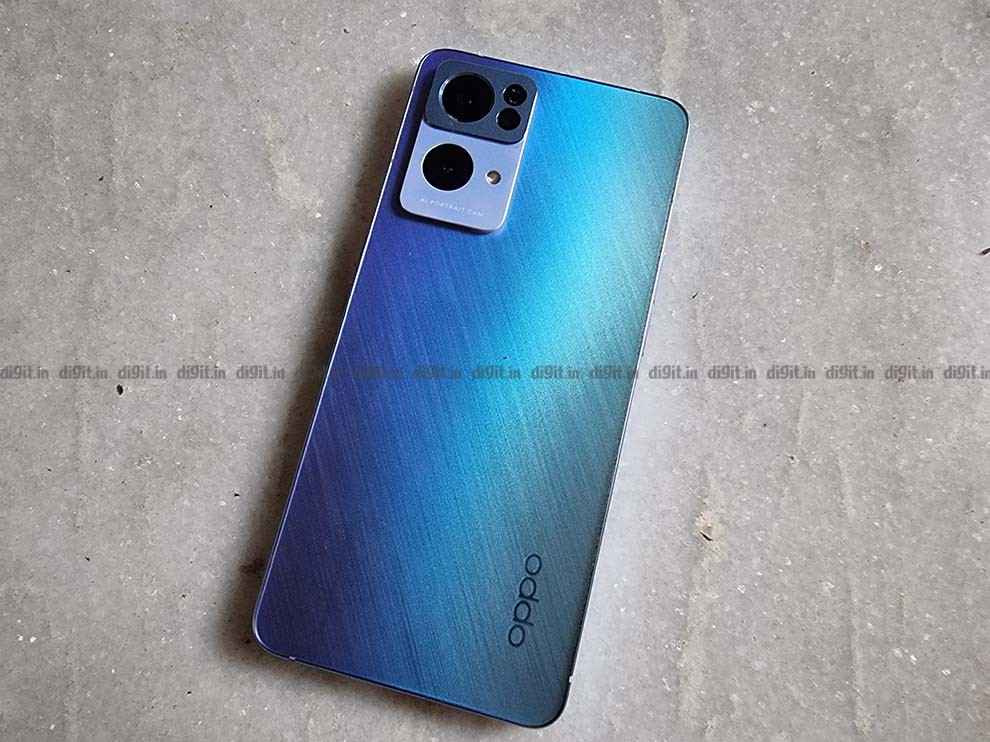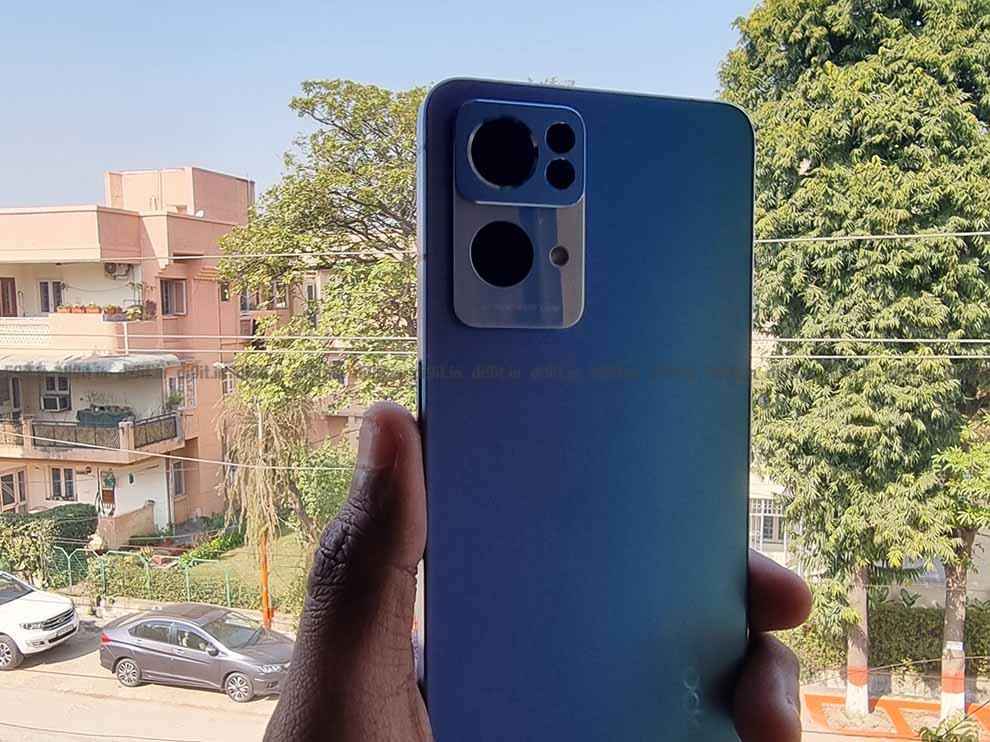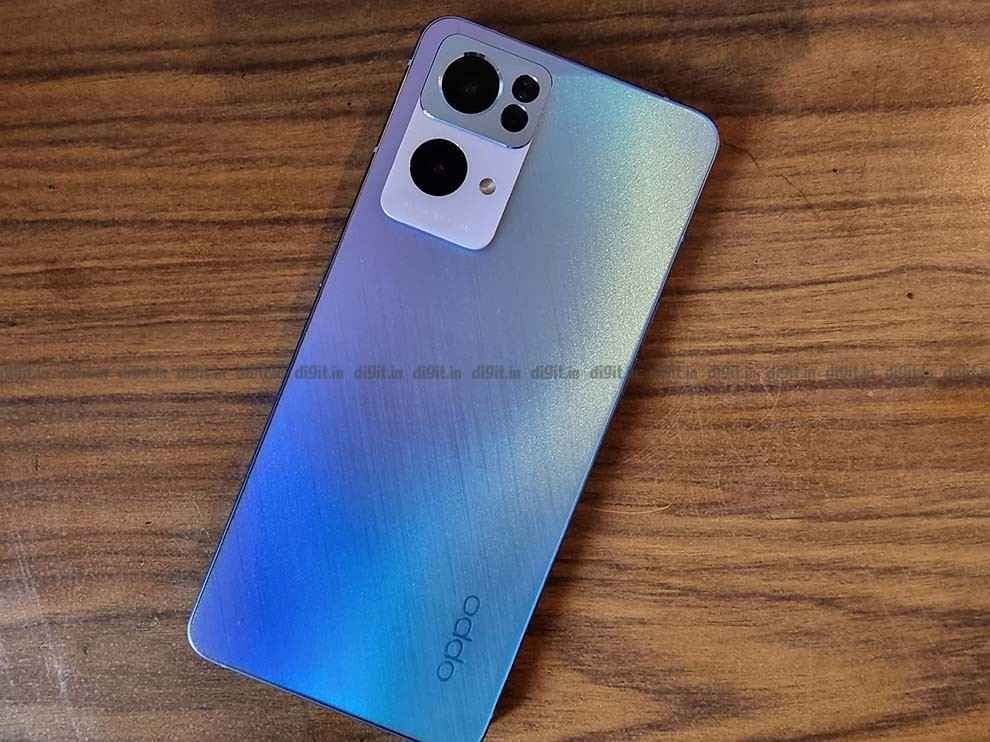Interview: Oppo explains what makes the upcoming Reno 7 series phones special
Oppo is set to launch the Reno 7 series in India on February 4.
Reno 7 series will bring two new phones with it.
Reno 7 Pro will be powered by the Dimensity 1200 Max.
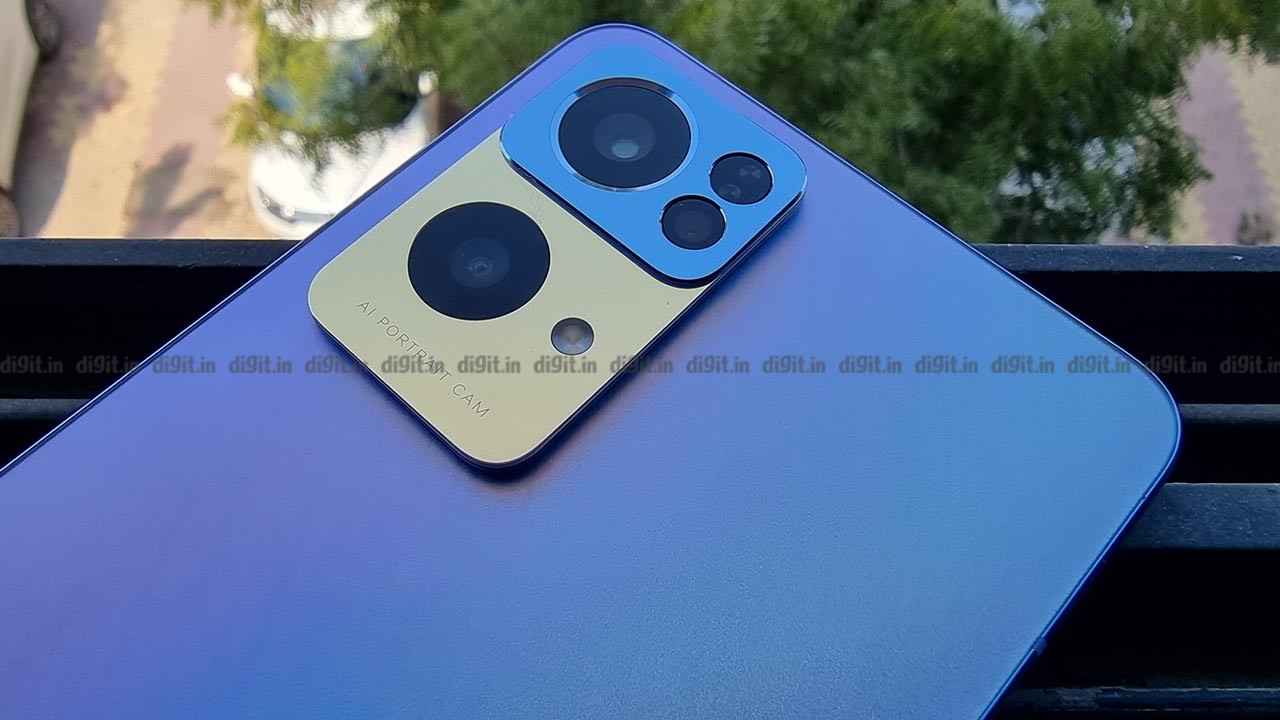
Oppo is all set to launch its new Reno 7 series phones in India on February 4. The series from Oppo will bring with it two new phones, the Reno 7 and the Reno 7 Pro. Both the phones are set to come with some interesting features, and also the hardware to take on the existing competition in the market.
 Survey
SurveyAhead of their launch, the company has already teased the two devices, and even shared information on the chipset of the Reno 7 Pro and also the design language of the two phones. However, there hasn't been much talk about the cameras of the upcoming Reno 7 phones. So we got in touch with Tasleem Arif, Head-Oppo India R&D, to get more information on the cameras and more of the Reno 7 series phones.
Q: What can we expect from Oppo Reno 7 series in terms of cameras – both in terms of software and hardware?
From the first Reno to the upcoming Reno 7 series, Oppo has consistently pursued its exploration of imaging technology, in line with the brand’s legacy in-camera capabilities and prowess. Called ‘The Portrait Expert’, Reno 7 Pro breaks new grounds in portrait imaging with a perfect amalgamation of hardware and software algorithms. Oppo collaborated with Sony and co-designed the world’s first exclusive 32MP IMX709 selfie camera sensor. For its rear 50MP camera, it uses the Sony IMX766 flagship sensor.
The IMX709 — exclusive to Oppo — is a customized RGBW (red, blue, green, white) front image sensor that can capture crisper and more evenly-exposed photos and videos; it is 60% more sensitive to light and reduces noise by 30% when compared to traditional RGGB sensors.
Oppo’s imaging R&D team incorporated DOL-HDR technology into the hardware to minimize noise and produce detailed images in low light conditions. This technology enables the sensor to capture two images simultaneously, allowing one long exposure image and one short exposure image to combine seamlessly. It also reduces ghosting effects to produce crisp images, therefore, whether indoors or outdoors.
The Reno 7 Pro can shoot great-looking images under any light. With its pro DOF (depth of field) and Bokeh algorithms, the Reno7 series produces DSLR-like portrait images. The Reno 7 series is also equipped with innovative image algorithms, such as the enhanced Portrait Mode, Boke Flare and AI Highlight Video. For instance, while filming portrait videos at night, retaining image brightness and clarity has always been a challenge. AI Highlight Video automatically optimizes videos upon detecting dimly lit or backlit surroundings. So whether shooting at night or during the day, AI Highlight Video will capture detailed portrait videos on both the front and rear cameras. Additionally, OPPO has optimized the algorithms to reconstruct the bokeh light spot in a way that is similar to the effects seen on DSLR cameras.
Q: What new camera innovations is Oppo introducing with the Reno 7 phones?
We have joined hands with Sony to develop the world’s first exclusive 32MP IMX709 selfie sensor. We have been striving to ensure larger light intake as more light means sharper and crisper images. Now, there are only two ways to do that: either by increasing the aperture size with a larger sensor or by using a new CMOS pixel layout to improve the sensor's light sensitivity. The first option—with a large sensor—could make the smartphone thicker. Oppo has therefore chosen the second approach. It employs RGBW technology, which is a modified version of the RGGB pixel arrangement.
Oppo substituted one of the G (green) pixels in the standard RGGB with a W (white) pixel. This transformed the camera’s performance in dimly lit environments by reducing picture noise, while increasing sensitivity. However, due to the limited computational power of the sensors, and signal crosstalk, this generation of sensors never made it to the mainstream.
Oppo's R&D team continued to find out ways to employ the W in the pixel layout. In 2019, it developed the Quadra Binning Algorithm by adding two W pixels to each R, G, and B pixel so that each pixel would be capable of detecting red, green, blue, and white signals.
They also applied DTI (Deep Trench Isolation) technology so that each pixel could function independently without impacting the others. This resulted in cleaner images with more accurate colours. After three years of studying and refining the RGBW technology, Oppo brought a revolutionary breakthrough and 87 patents.
Oppo also became the first brand to embed the self-developed Quadra Binning Algorithm into the sensor hardware to pre-process picture data utilizing the sensor's computing power, thereby, lowering power consumption and solving overheating issues. In September 2019, Oppo and Sony officially started to work towards the productization of the new-gen RGBW sensor.
In August 2020, Oppo's proprietary RGBW image fusion unit was named IMX709 Ultra-Sensing Sensor. It is the world’s most sensitive front image sensor, producing higher resolution photos even in low-light conditions.
Oppo's imaging R&D team designed the IMX709 using the 22nm process to consume lesser power when compared to any other flagship front camera image sensors.
Q: Are there any new industry features that will be rolled out with the Reno 7 series phones?
Oppo has made huge investments in R&D to provide consumers with industry-first features that differentiate its products.
The company developed a design technology called Reno Glow—and now, after generations of refinements—has rebranded it as Oppo Glow design. Oppo Glow incorporates industry-first aircraft-grade Laser Direct Imaging (LDI) technology and aluminium frame. LDI, which is used to design PCBs in the aviation industry, has been repurposed to create 1.2 million micro-etchings across the surface of the handset’s back cover. These micron-scale etchings give the devices a matte in-hand feel and brushed finish on top of the Oppo Glow layer.
Additionally, Reno 7 Pro, at 7.45mm is the slimmest Reno in history and is also a lightweight device, weighing 180g, with a large 4500mAH battery.
This is for the first time that Oppo has developed a colour ceramic plated lens bezel for the Reno7 Pro that is made of zirconia, which has a hardness of 8.5 compared to just 5.5 of stainless steel. The zirconia is coated with another harder protective film that protrudes very slightly to protect the lens it surrounds, so you can be assured that your camera lens remains safe and free from scratches.
Not just this, the Oppo Reno 7 Pro 5G takes smartphone performance a notch higher with its exclusively customized 5G chipset – MediaTek Dimensity 1200 MAX. It offers one of the fastest smartphone CPUs i.e. 22% faster & 25% more power-efficient than the previous generations. Thanks to MediaTek’s Open Resource Architecture, Oppo has incorporated AI Deblur technology into the chipset. This proprietary deblurring algorithm sharpens faces in portraits affected by hand-held shaking. Additionally, the AI-PQ (picture quality) feature baked into the SoC enhances colour and contrast in HDR videos. It uses artificial intelligence to distinguish the subject matter on the screen—whether people, food, grass, sky, buildings, etc—and then uses different colours, sharpness and other display effects for optimum output.
Q: What's next for Oppo in India after the Reno 7 series?
As we entered 2022 with lots of hopes and possibilities, we aim not only to light the way forward for Oppo India but also the world at large. The year calls for new technological breakthroughs. As a leading technology brand with a belief in ‘Inspiration Ahead’, Oppo is committed to developing innovations that revolve around user experience. We are working relentlessly and bringing in innovations in hardware and software to address the ever-evolving demands of today’s consumers.
Sushant Talwar
Sushant Talwar is a full-time foodie who reviews cool gadgets and binges on TV shows when he is tired of playing video games. He is also in love with football and thinks Manchester United is a religion View Full Profile
